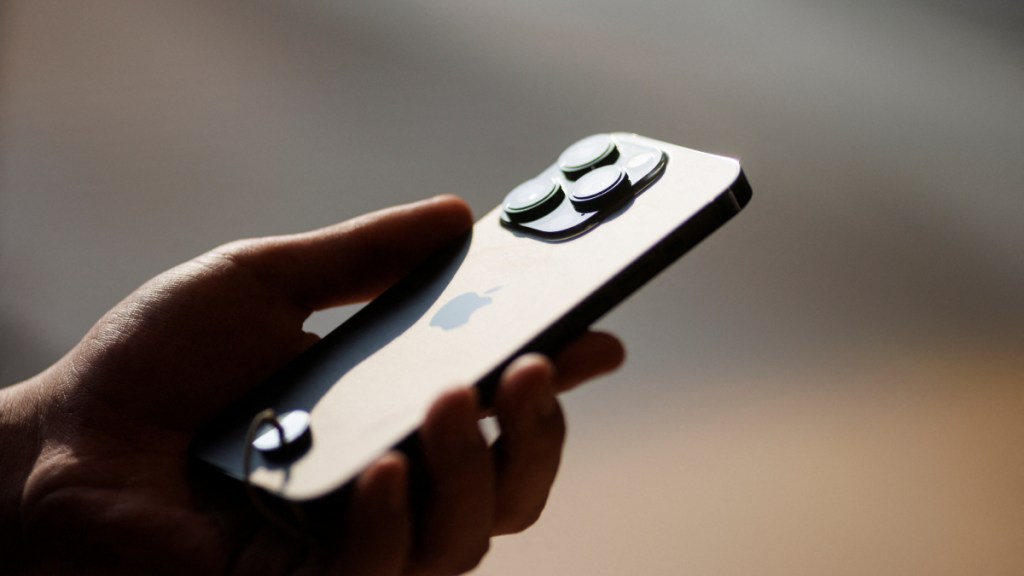Over 1.5 million units of iPhones were sold in the first week of the festive season sales, which started from October 8, powering an overall market growth of 25% year-on-year (y-o-y) in value terms, according to Counterpoint Research.
The growth in iPhone sales were across models, including iPhone 15, iPhone 14, iPhone 13, and iPhone 12. Other brands like Samsung and Xiaomi also contributed to the growth during the first week, both in terms of value and volume.
The premiumisation trend continued to boost the sales of smartphones in the country in the festival season. Further, heavy price discounts, higher trade-in values and attractive bundling offers led to sales of smartphones across segments. Premium segment sales almost doubled across online channels from October 8 to October 15, Counterpoint said.
Online sales usually account for 45% of the smartphone market, whereas offline sales account for the remaining share. During the festive season sales, growth in online sales surpasses that of offline because of heavy discounts, according to analysts.
Analysts expect the overall festive season smartphone sales, from October 8 to November 17, to grow 7% y-o-y in volumes and 15% y-o-y in average selling price this year. In volume terms, the smartphone sales grew 8% y-o-y during the period.
On Flipkart, the premium segment growth was almost 50% y-o-y driven by the iPhone 14 and Samsung Galaxy S21 FE, while on Amazon, the segment growth was almost 200% y-o-y driven by the iPhone 13 and Galaxy S23 FE.
“80% of phones sold on Amazon and Flipkart during first 48 hours were 5G capable. We are seeing faster 5G upgrades this time as prices of devices have come near Rs 10,000,” said Shilpi Jain, senior research analyst at Counterpoint.
According to Jain, while the sales during the festive season will be strong, the overall smartphone market in India will decline by 5% in 2023, owing to higher inflationary pressures and inventory build-up.
India’s smartphone shipments fell 3% in the July-September quarter, according to data from Canalys. Even as there is a decline, the quarter witnessed an improved consumer environment, allowing vendors to capitalise on newly-introduced devices, Canalys said in its report.
Brand-wise performance indicates that Samsung maintained its top position in the quarter with a market share of 18% and a shipment of 7.9 million units. Xiaomi rose to the second position, shipping 7.6 million units, owing to release of its affordable 5G models. Vivo slipped to the third spot, shipping 7.2 million units, while realme and OPPO (excluding OnePlus) completed the top five by delivering 5.8 million and 4.4 million units, respectively.
“Despite the market gaining consumer confidence in the second half, the road to recovery will be challenged by global economic concerns,” said Sanyam Chaurasiya, senior analyst at Canalys. “The growth in 2024 hinges on uncertain macroeconomic factors, particularly affecting the vulnerable entry-level segment,” Chaurasiya added.

